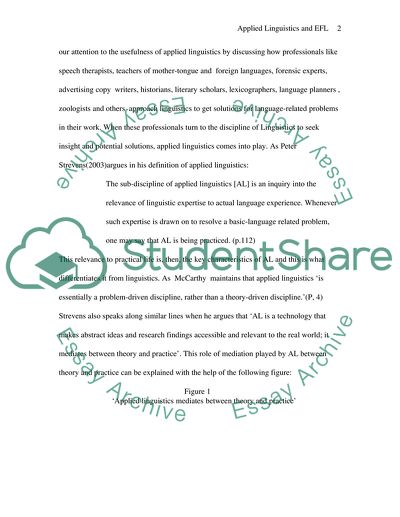Cite this document
(Using Applied Linguistics In Education Process Essay, n.d.)
Using Applied Linguistics In Education Process Essay. Retrieved from https://studentshare.org/education/1731275-what-areas-of-applied-linguistics-can-help-teaching-efl
Using Applied Linguistics In Education Process Essay. Retrieved from https://studentshare.org/education/1731275-what-areas-of-applied-linguistics-can-help-teaching-efl
(Using Applied Linguistics In Education Process Essay)
Using Applied Linguistics In Education Process Essay. https://studentshare.org/education/1731275-what-areas-of-applied-linguistics-can-help-teaching-efl.
Using Applied Linguistics In Education Process Essay. https://studentshare.org/education/1731275-what-areas-of-applied-linguistics-can-help-teaching-efl.
“Using Applied Linguistics In Education Process Essay”, n.d. https://studentshare.org/education/1731275-what-areas-of-applied-linguistics-can-help-teaching-efl.


